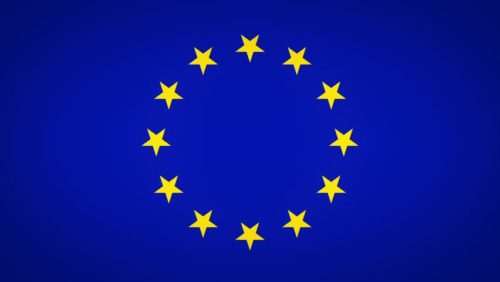The Estonian Institute of Historical Memory
Origins :
The Estonian Institute of Historical Memory (Eesti Mälu Instituut) was established in 2008 by President Toomas Hendrik Ilves. The founders of the foundation were Leon Glikman, Rein Kilk, Jaan Manitski, Tiit Sepp, Hannes Tamjärv, and Indrek Teder.
In 2017, the Estonian Institute of Historical Memory merged with the Unitas Foundation to form a new joint foundation. The Unitas Foundation, previously known as the Foundation for the Investigation of Communist Crimes, was founded in 2008 by Mart Laar, Meelis Niinepuu, and Damian von Stauffenberg. The Unitas Foundation’s objective was to raise awareness of the human-hostile nature of communist regimes and ideologies and seek international condemnation of their crimes.
From 2008 to 2017, the Unitas Foundation focused on education and awareness activities, strengthening international cooperation networks, and organizing commemorative events related to the Holocaust, deportations, and the victims of communism and Nazism. The united foundation, retaining the name Estonian Institute of Historical Memory, continues the activities of both organizations.
The united foundation’s founders are the Estonian Institute of Historical Memory and the Unitas Foundation.
Aims :
Mnemosyne aims to promote understanding, remembrance, and education about historical and cultural topics in Estonia and beyond.
Actions :
- Education and Awareness Programs: Mnemosyne develops and implements educational programs and initiatives to engage students, teachers, and the wider public. These programs may include workshops, seminars, exhibitions, and educational resources to deepen understanding and foster critical thinking.
- Holocaust Education: Mnemosyne places particular emphasis on Holocaust education. They aim to provide accurate and comprehensive information about the Holocaust, its history, and its impact on society. Their programs may include visits to Holocaust memorial sites, survivor testimonies, and educational materials.
- Collaboration and Networking: Mnemosyne collaborates with educational institutions, museums, cultural organizations, and other stakeholders to strengthen their educational initiatives. They actively engage in national and international networks related to historical education and remembrance.
- Cultural Heritage: Alongside their educational work, Mnemosyne also focuses on preserving and promoting cultural heritage. They may engage in projects related to local history, traditions, and cultural diversity to foster appreciation and understanding of Estonia’s cultural heritage.



 NOA is co-funded by the Rights, Equality and Citizenship Programme (2014-2020) of the European Union
NOA is co-funded by the Rights, Equality and Citizenship Programme (2014-2020) of the European Union